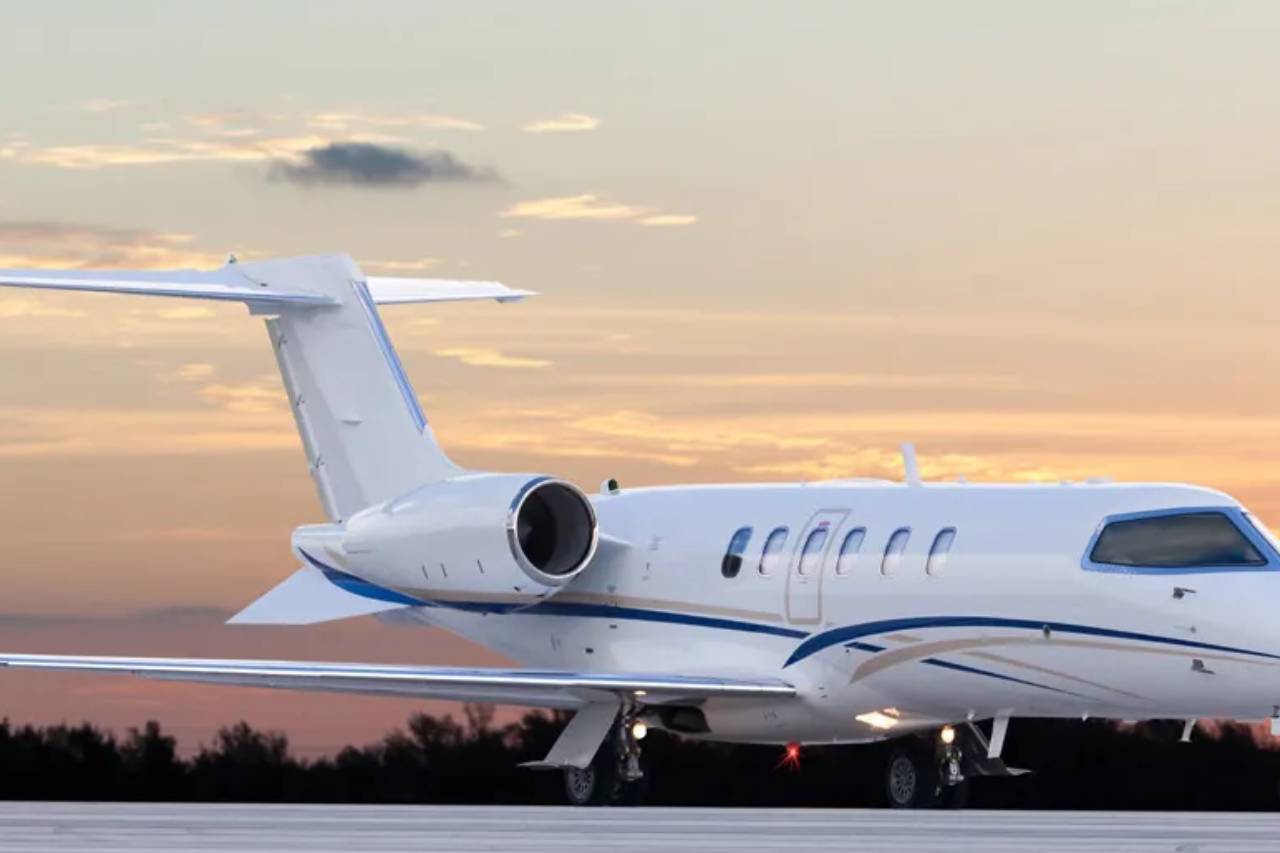Owning an airplane is a big dream for many. But flying it safely and legally is not as easy as it looks. Every flight needs planning, checks, trained crew, and a lot of paperwork. That’s why many aircraft owners turn to Professional Aircraft Management companies. These experts handle everything behind the scenes to keep the plane airworthy, safe, and in full legal compliance.
Let’s explore how they do that, step by step.
What Is Professional Aircraft Management?
Professional aircraft management means hiring a company to look after your airplane. This team does more than just park the plane or fuel it up. They handle flight planning, crew hiring, maintenance, insurance, safety checks, and make sure all rules are followed.
Owners who use these services don’t need to worry about tracking flight logs, dealing with paperwork, or managing problems. The team does it for them—quietly and professionally.

Keeping the Plane Safe
Safety is the most important part of flying. Every part of the aircraft needs to be checked regularly. Professional management teams have a schedule for every type of inspection—some happen daily, others weekly or after a certain number of flight hours. This makes sure no problem is missed.
Pilots and crew members also get regular training. They learn how to handle emergencies and how to keep passengers safe. Before every flight, the team checks the weather, route, and plane systems to avoid danger.
If anything goes wrong, the management team already has a plan in place. They are trained to respond quickly and keep everyone safe.
Following the Rules (Compliance) About Professional Aircraft Management
Every country has its own set of aviation rules on professional aircraft management. These are made to protect passengers, pilots, and people on the ground. But keeping up with all these rules takes time and skill.
Aircraft management teams make sure the plane meets all the rules from bodies like the FAA, ICAO, or EASA. They track licenses, keep inspection records, and prepare for surprise checks from aviation authorities. This helps avoid fines or grounding of the aircraft.
They also keep pilot certifications up to date and make sure flight operations follow legal guidelines. With their help, the aircraft stays fully compliant, no matter where it flies.
Why Aircraft Owners Choose Management Services
For most owners, time is limited. Managing an aircraft is a full-time job—and missing just one rule or repair can cause problems. That’s why owners choose to hand off this responsibility to professionals.
When a trusted team is managing the aircraft, owners enjoy smoother flights, fewer delays, better maintenance, and full peace of mind. Their plane is always ready and always legal to fly.
Smart Use of Technology
Today’s aircraft management companies use smart tools and software to do their jobs better. These systems help track when the plane needs repairs or when a part is wearing out. They also send alerts for upcoming safety checks or expiring documents.
Real-time monitoring tools track the aircraft during flight and report performance and weather changes. All the data is stored safely, so nothing gets missed or lost.
This use of technology helps save money, avoid delays, and keep everything running smoothly.
The Role of the Crew
Every flight needs a skilled team, and the management company also handles this. They hire qualified pilots, plan their working hours, and make sure they get the right amount of rest.
The crew also goes through training every few months to stay sharp. This includes learning about new safety tools, handling emergencies, and staying up to date with rules.
A well-managed crew means safer and more comfortable flights for everyone on board.

Repairs and Maintenance
Even the best planes need repairs. Over time, parts wear out or need updates. The management team follows a strict maintenance schedule based on flight hours, time, and manufacturer guidelines.
They also track the history of each repair and make sure only approved parts and professionals are used. This keeps the aircraft in great shape and ready to fly whenever needed.
Insurance and Legal Support
Like cars, airplanes need insurance. But aircraft insurance is more complex. It covers the plane, the passengers, and any damage that could happen on the ground.
The management team finds the best insurance policy, makes sure it’s always up to date, and helps handle any claims or legal issues. This saves owners from dealing with hard paperwork or stressful situations.
What Does Aircraft Management Cover?
Here’s a simple table showing what professional aircraft management teams handle:
| Area | What’s Included |
| Safety | Inspections, checks, emergency planning |
| Crew Management | Hiring, training, scheduling |
| Maintenance | Repairs, part replacements, service logs |
| Compliance | Legal paperwork, records, airworthiness certification |
| Flight Operations | Route planning, scheduling, fuel tracking |
| Technology Use | Monitoring systems, alerts, real-time updates |
| Insurance & Legal | Coverage setup, contract help, risk protection |
Final Thoughts
Flying should be fun, not stressful. But keeping a plane safe and legal is a big job. That’s why professional aircraft management is so helpful. These expert teams take care of every detail—from safety checks to pilot schedules to legal compliance.
For aircraft owners, this means less worry, fewer risks, and more time to enjoy the skies. Whether it’s for personal travel or business, professional management makes owning a plane easier and safer.
If you’re thinking about owning an aircraft, or already have one, working with a trusted management company is one of the smartest decisions you can make.






